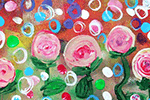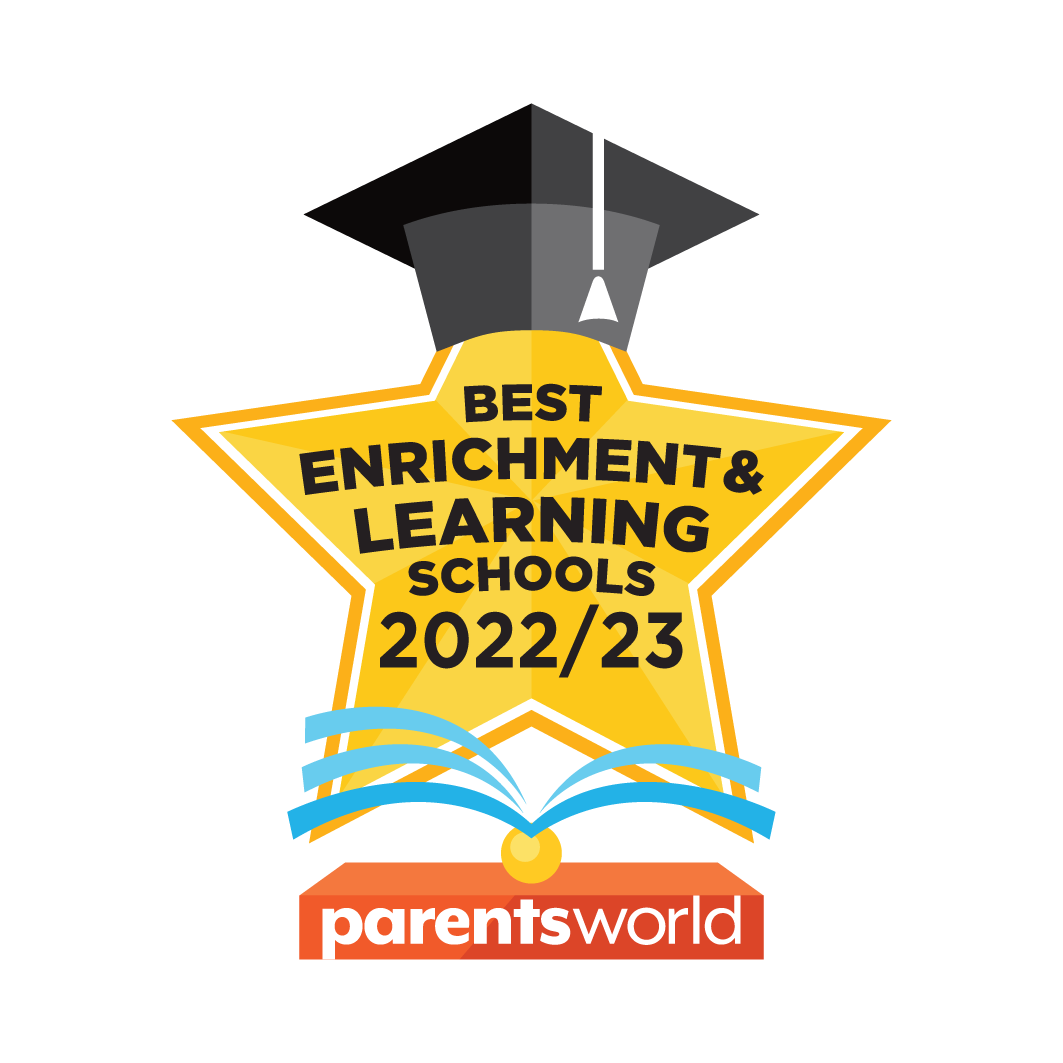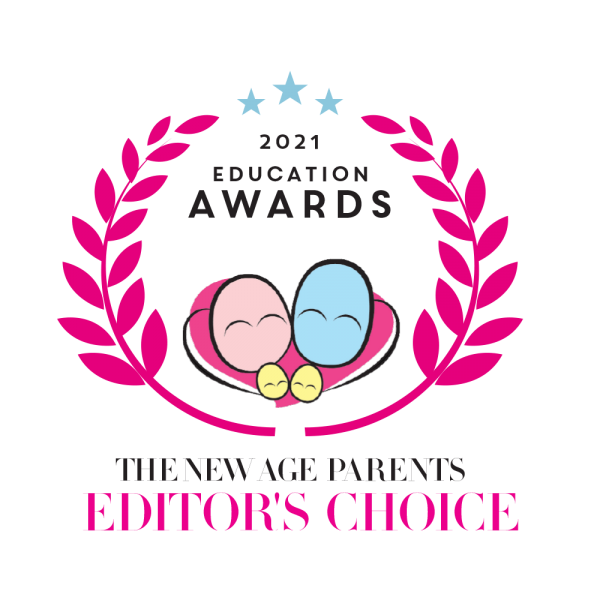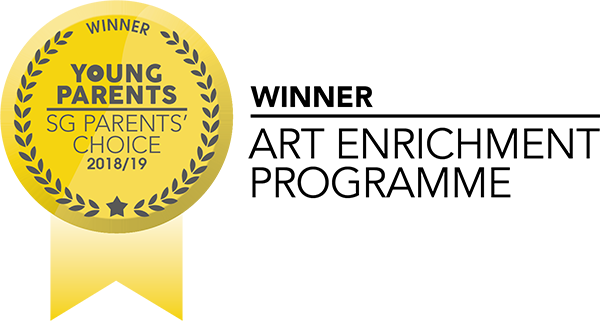The Children's Art Book
Printmaking Techniques
There are many types of printmaking, but artists today generally practice the following methods: relief, silkscreen, intaglio and lithography. While some techniques of printmaking require specialised sharp tools and pressing procedures, relief and screen printing are especially popular among children due to the use of familiar materials around the home!
Relief
Relief printing simply describes a method of printing from a surface where the image is formed with certain areas (non-image) areas have been removed (cut away). This is usually a carved block or plate, where the ink is applied onto the top surface.
Woodcut
Woodcut is one of the oldest printmaking techniques. Woodcutting involves carving an image onto a wooden surface. Choose a soft block of wood that can be carved easily using chisels or other craft carving tools, or pressed in with a hard tool, such as a ruler or end of a spoon.
The wood block is then covered with ink with a sponge roller, and paper is placed over the inked block. The image (left where the block has not been carved away) can be printed by rubbing the paper by hand, or with a squeegee. Gently lift the paper from the block.
Choose beautiful woods and you can also transfer the beautiful and unique wood grain textures onto the print.
Linocut
Linocutting is a derivation of woodcut. Instead of a block of wood, the image is carved from a linoblock, made of a linoleum sheet usually mounted on a block of wood. The linoleum layer is soft and spongy, and has no directional grain, which makes it easier for children to carve in any direction.
Although the linoleum makes carving easier than woodcut, the soft rubbery surface makes creating fine lines more challenging than woodcuts. Linoleum is the preferred first technique for beginners to start on printmaking. All you need is a linoblock and carving chisels from the regular art stores. These are affordable materials that can be used for many hours of fun with children! The linoblock is light and easy for children to use, and printing the image onto paper is as easy as stamping them by hand! – no printing press required.
Screen Printing (or Silkscreen Printing)
Screen printing was developed mainly as a commercial printing process. Artists took interest in this technique and made common in screen printing after famous pop artists, Andy Warhol and Roy Lichtenstein.
What makes screen printing unique is due to its method of transferring the image. Instead of printing directing from the surface of the block, ink is transferred through a stenciled screen mesh.The screen is a porous gauze-type fabric, such as polyester, stretched tightly over a wood or metal frame. The stencil is usually created by blocking out areas of the screen with paper (for young children), liquid fillers (for older children) or self-adhesive film.
Ink is then pull across the top of the screen with a squeegee or rubber blade, so that the paint is forced through the open and unblocked parts of the fabric. Since the entire screen will be filled with paint, make new screens if you want to print multiple layers onto the canvas!
Collagraphy
Collagraphy is one of the most versatile printmaking techniques for children to begin with. Collagraphy is simply printing from a collage, that can be created with materials found around the house, such as strings, cardboards, fabrics, recycled utensils, leaves, tapes, glue etc. These materials are glued onto a flat surface, and when dry, can be inked and used to print onto paper. Since the various materials soak and dispense ink differently, and together with the unique textures and patterns of the objects, every collagraphy print is really a process of experimentation and exploration!
To preserve and display your collagraphy plates, cover the surface with aluminium foil, as you would to create a relief sculpture. Burnish the foil using an eraser or the edge of the spoon. Finish off with a vintage look with brown ink or tempera paint rubbed onto the foil surface, and display it proudly alongside the collagraphy print!
Having More Fun with Printmaking!
Think eco and recycle! There are plenty of unconventional and fun printing surfaces around the school and home: newspapers, wallpapers, school jotter books, recycled papers and rice papers. These surfaces offer unique textures and colour bases to your exciting print images! Newspapers are especially fun to create vintage posters, and school jotter books are favourites for school going children to linocut print their names on!
Instead of getting materials from the art stores, consider picking foliage and flowers from the garden to define the patterns and textures on the prints.
To allow these natural materials to last longer, boil in water and dry them to stop the decay.Applying ink onto the print plates can be more than using paint and a roller sponge. Consider wonderful alternatives such as tea bags, cinnamon soup or purple cabbages soaked in old socks. These natural dyes give an unexpected and non-homogeneous colour application onto the prints (and sometimes a special fragrance too!). They are great opportunities for children to learn about naturally occurring colours all around their environment too!
Once you get your prints on, don’t stop there! Combine additional layers using different printmaking techniques, one on top of another. Once the ink dries, get creative with coloured markers and paint pens, and start doodling on your prints! For older children, experiment with stitching marks around the prints (or faux marks for younger children) for that added burst of personality on the prints.











